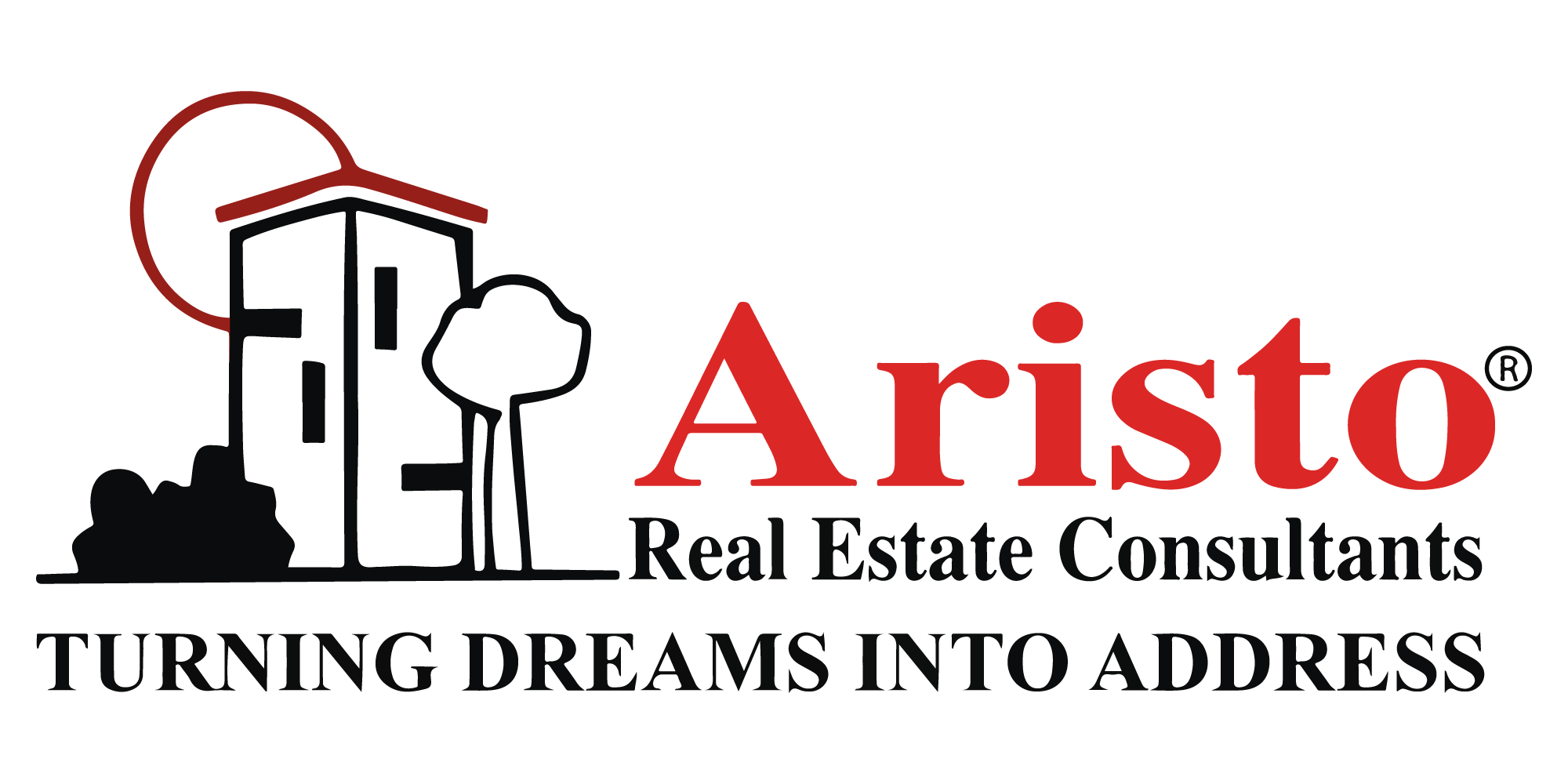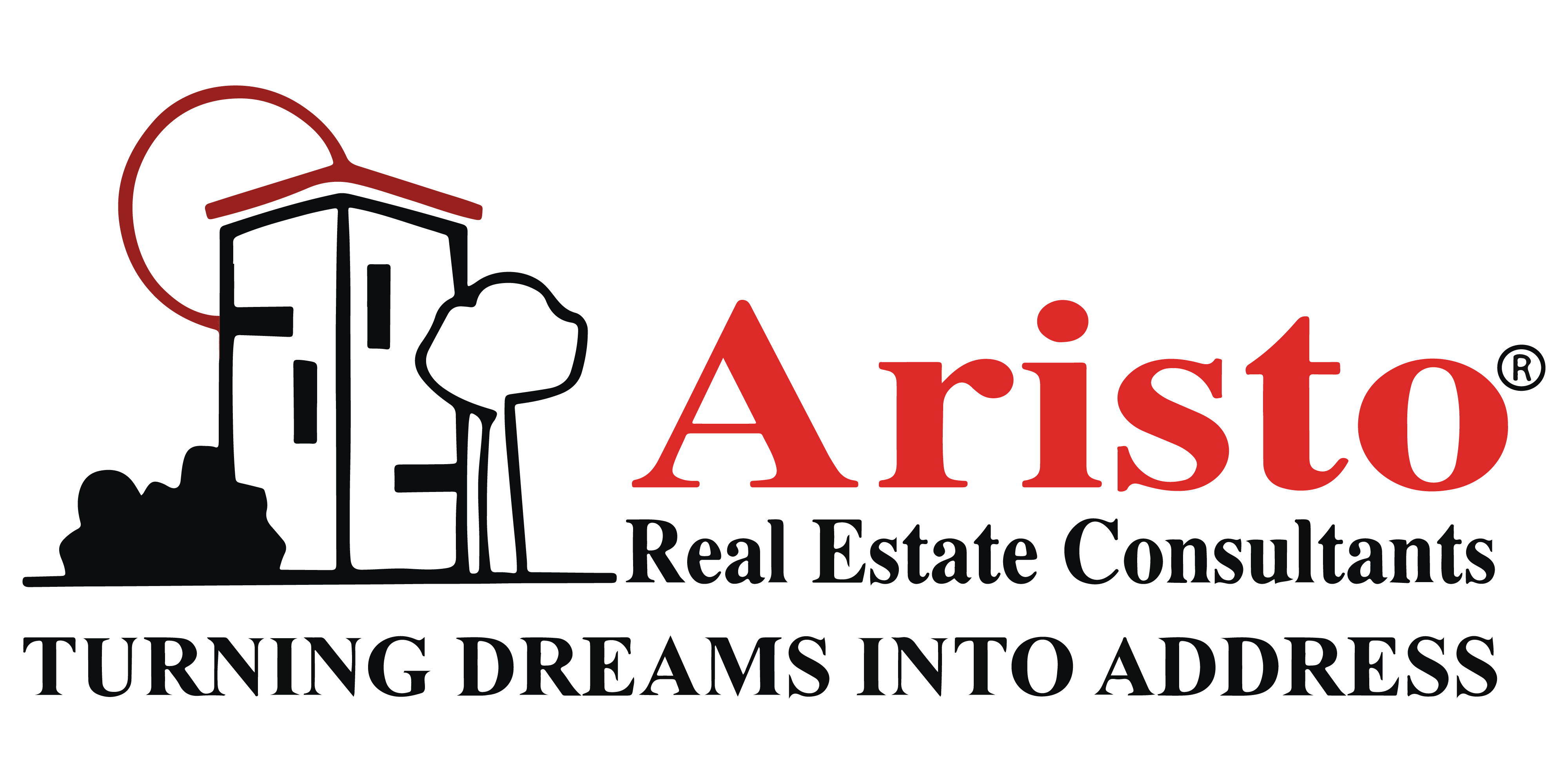How MIDC Zones Are Powering Residential Growth in Navi Mumbai
Navi Mumbai has long been a magnet for real estate development, but in recent years, the demand for residential properties in this planned city has seen a sharp upswing—largely due to the growing influence of MIDC (Maharashtra Industrial Development Corporation) zones. These industrial hubs are not only fueling economic activity but also transforming the cityscape by driving demand for housing in nearby areas.
In this blog, we explore how MIDC zones are shaping Navi Mumbai’s residential market and why investors and homebuyers are turning their attention to localities surrounding these economic hotspots.
1. What Are MIDC Zones?
MIDC zones are designated industrial areas developed by the Maharashtra government to boost industrial growth. Navi Mumbai hosts several prominent MIDC regions, including:
• TTC Industrial Area (Trans Thane Creek)
• Taloja MIDC
• Patalganga MIDC
• Navi Mumbai SEZ (NMSEZ)
• Dronagiri & Ulwe Industrial Clusters
These zones host a variety of industries—from IT and logistics to manufacturing and pharmaceuticals—bringing with them jobs, infrastructure, and opportunities.
2. Job Creation = Residential Demand
The primary driver of residential growth near MIDC zones is employment. With thousands of professionals working in these zones, there’s a constant demand for housing that is:
• Close to work
• Affordable
• Well-connected
• Equipped with urban amenities
This trend is especially visible in areas like Taloja, Panvel, Ulwe, Ghansoli, and Rabale, where developers are increasingly launching mid-income and premium housing projects to meet the growing demand.
3. Infrastructure Boost Around MIDC Zones
The state and local governments are prioritizing infrastructure development around industrial corridors to support workforce mobility and logistics. This includes:
• Widened roads and flyovers (e.g., the Turbhe-Kharghar connector)
• Metro Line 1 connecting CBD Belapur to Taloja
• Navi Mumbai International Airport (NMIA)
• JNPT Port expansion
• Mumbai Trans Harbour Link (MTHL)
These projects are significantly reducing commute times and enhancing the appeal of surrounding residential neighborhoods.
4. Rental Yields and Investment Opportunities
For real estate investors, proximity to MIDC zones translates to high rental yields. With a steady influx of professionals, areas like Kopar Khairane, Rabale, and Ghansoli offer excellent rental income potential. Furthermore, upcoming infrastructure projects promise strong appreciation over the next 5–10 years.
5. Changing Lifestyle Preferences
Today’s homebuyers are seeking more than just a roof over their heads—they want integrated lifestyles. Developers in Navi Mumbai are responding by launching gated communities and townships near MIDC zones that offer:
• Smart home amenities
• Clubhouses and fitness centers
• Retail zones and work-from-home spaces
• Sustainable and green living
This is attracting not just working professionals but also families looking to settle in well-planned environments.
6. MIDC Zones: Future Outlook
With Maharashtra focusing on “Make in India” and “Ease of Doing Business,” MIDC zones in Navi Mumbai are poised for continued growth. Upcoming developments in Dronagiri, Ulwe, and NMSEZ are expected to generate tens of thousands of jobs, pushing demand for both affordable and luxury housing options.
The rise of MIDC zones has gone hand-in-hand with Navi Mumbai’s transformation into a residential powerhouse. As employment and infrastructure expand, so does the need for quality housing. For homebuyers and investors alike, staying ahead of these industrial growth trends could unlock strong returns and long-term value.
At Aristo, we specialize in identifying high-growth micro-markets backed by real data. If you’re considering investing or buying a home in Navi Mumbai, reach out to us for personalized recommendations tailored to your lifestyle and financial goals.



